
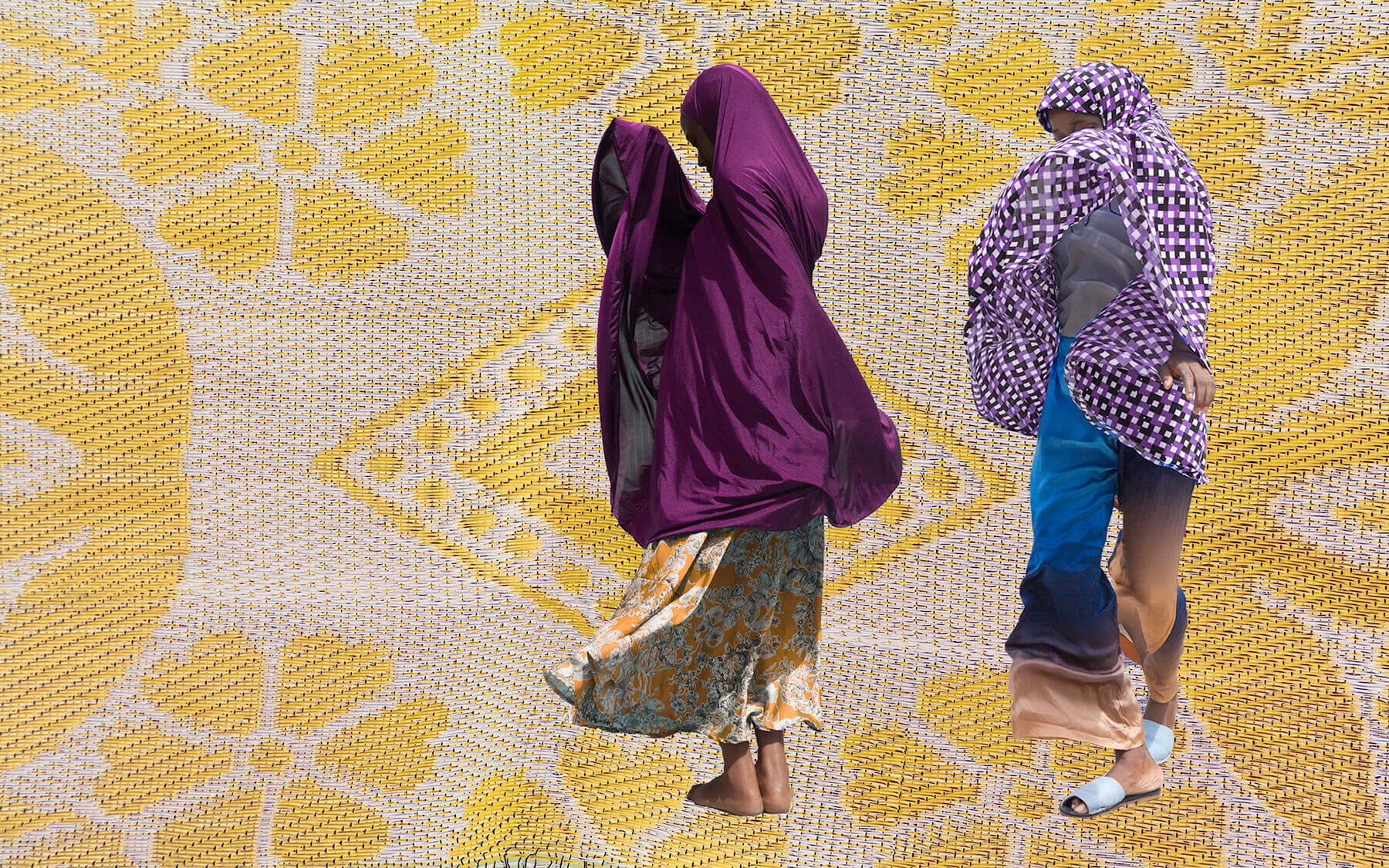
A staple of modest dressing for many Muslim women, in Lagos, Nigeria the hijab (veil or headscarf) is often wildly patterned, bold in color and at times neon. In the country, where the population is roughly half Muslim and half Christian, the hijab is commonplace. And while it’s worn to indicate the wearer’s Islamic faith or cultural identity, like all clothing and accessories it’s also a valuable medium for self-expression.
After studying photography at the Spéos Photographic Institute in Paris, American photographer Medina Dugger moved to Lagos in 2011 to help organize and co-curate the newly established LagosPhoto Festival amidst a bubbling photography scene.
When she arrived, she was struck by the pattern party on the streets of the city. “These garments appeared very different from my limited perspective of hijab prior to living in Lagos,” she says. Being immersed in the city, her perceptions of the headscarf changed quickly and she used her camera to explore this revelation in her personal photo series Enshroud.
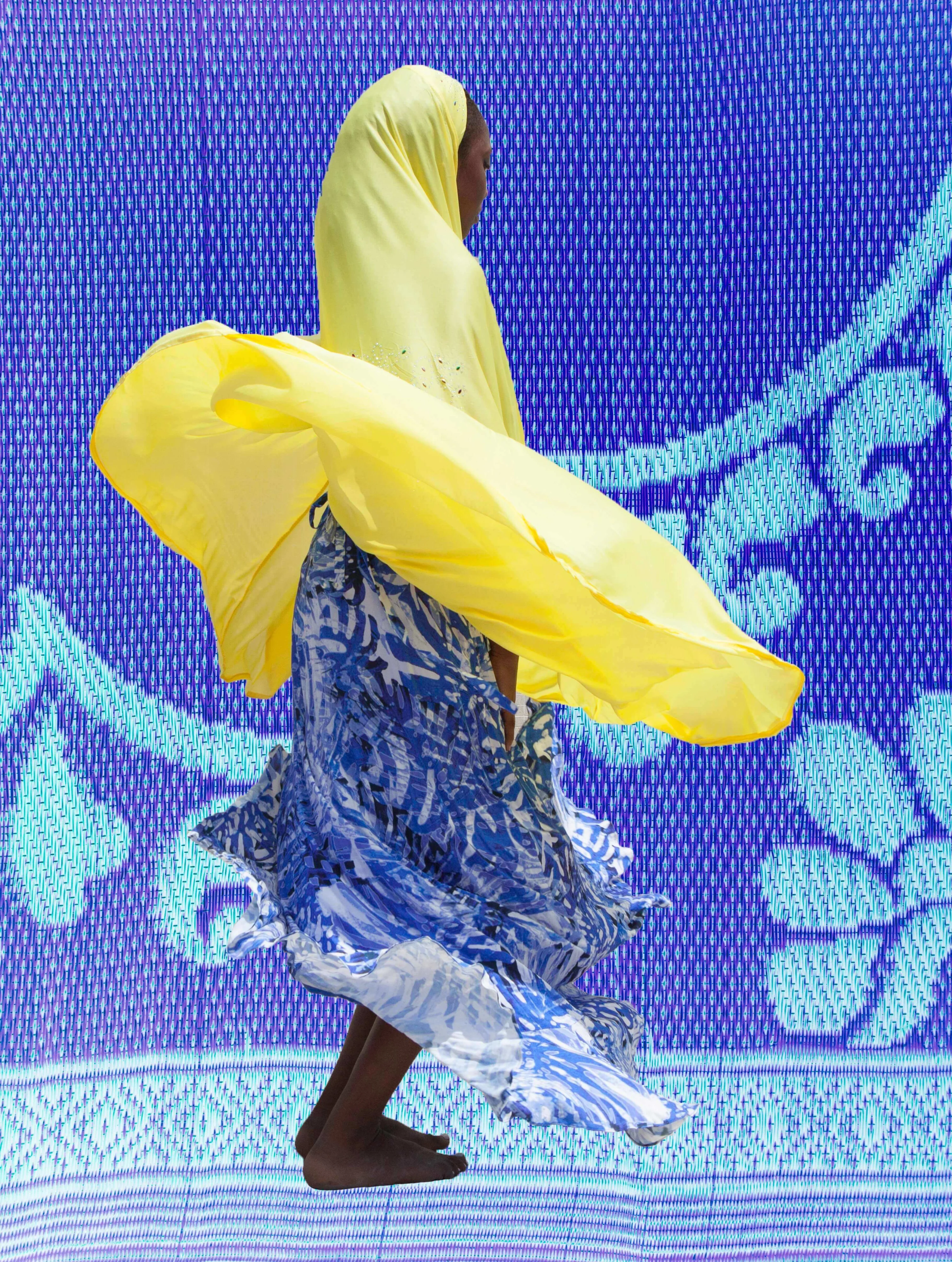
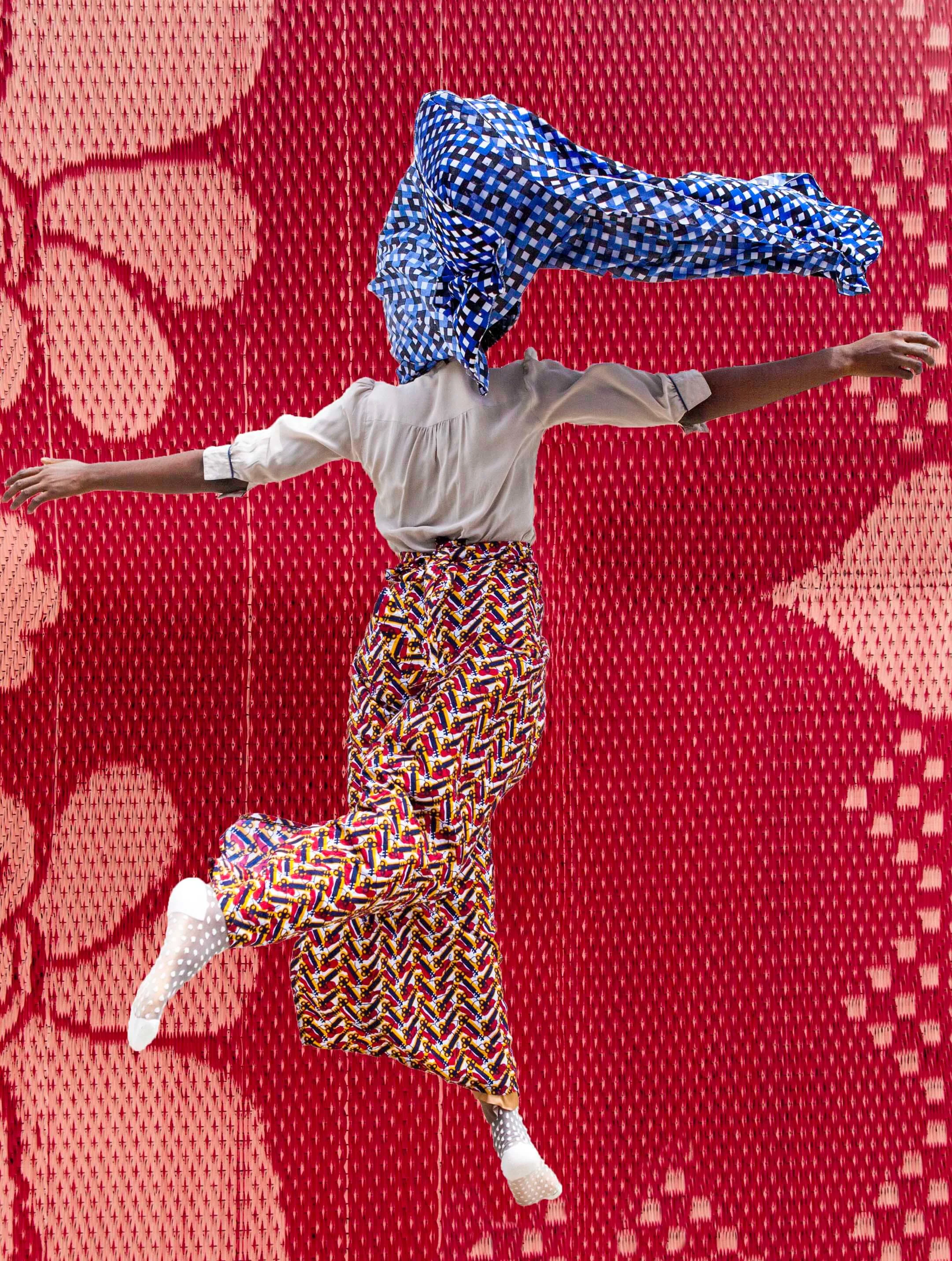
A popular opinion is that the hijab is anti-feminist. “Many people associate the veil primarily with extremism, male supremacy and suppression,” Medina says. “These realities do exist, however they don’t represent the full story. Many women who wear hijab feel it is a matter of choice and choose to do so to preserve their modesty, privacy and out of respect for their culture, religion and tradition.”
Medina’s playful images highlight the way the garment is worn in Lagos to offer a more nuanced story than the dominant Western narratives surrounding the headscarf. “My intent was to capture the veil less as a politically charged symbol and feature it in a more abstract sense, observing its shape, pattern, color, and contribution to identity and style,” she says.

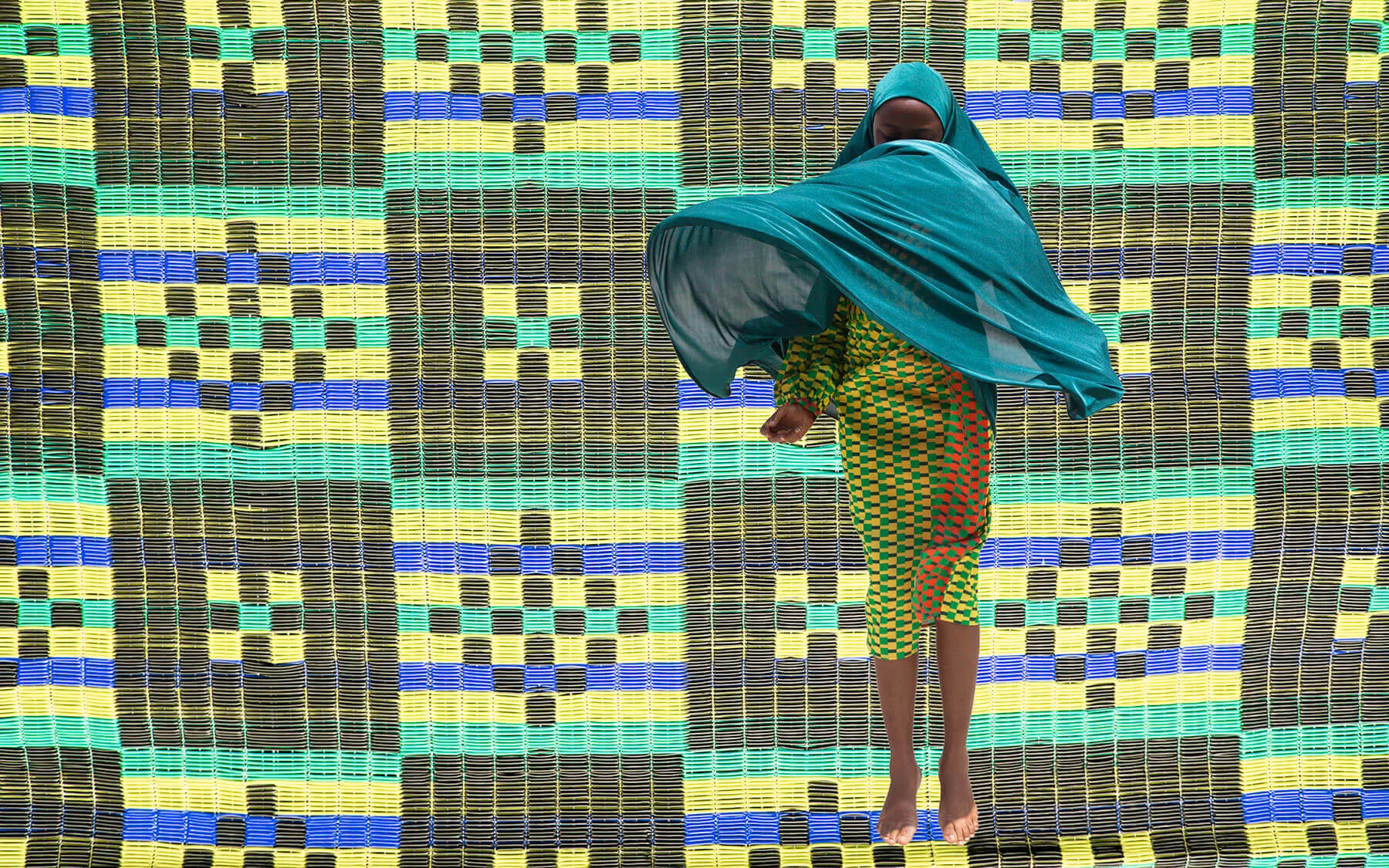
Though Medina worked with a small group of women — students, young professionals and models who she regularly calls on — to feature in the photographs, the subjects are the scarves themselves. They take on a life of their own throwing voluminous shapes around the women’s bodies, concealing their faces mid-flight.
“In my work in general, I enjoy toeing the line between revealing and concealing,” Medina says. “I asked the women to run, jump, twirl and skip in the wind so the veils would assume different shapes.”
I notice they often wear pattern on pattern. It’s captivating.
Their clothes are a flurry of color and print inspired by the women wearing hijab on the streets of Lagos. “I notice they often wear pattern on pattern,” Medina says. “It’s captivating.”
Impossible to ignore, the color in Medina’s work is directly inspired by the sights of Lagos. She experiments with color combinations until her eye can rest comfortably on them. She’ll come back to an image and if the pallette annoys her, she’ll change it.
Some of the clothes for the shoot were sourced from local designers, and some from Medina’s own closet. In all of the images the women have abandoned their shoes and in some they wear stripy or frilly socks adding a heightened sense of play to the pictures.
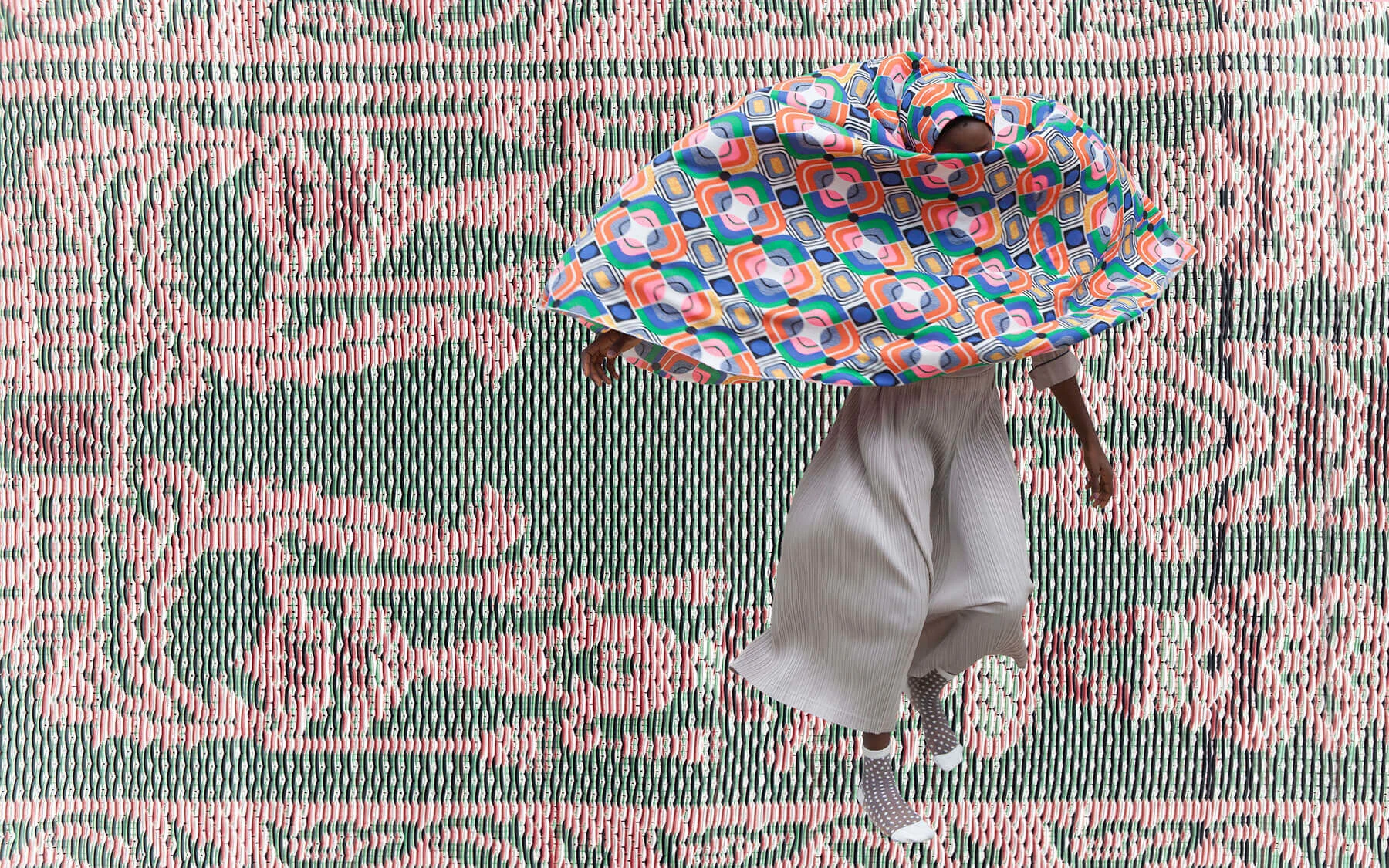
Their clothes are a flurry of color and print inspired by the women wearing hijab on the streets of Lagos. “I notice they often wear pattern on pattern,” Medina says. “It’s captivating.”
Impossible to ignore, the color in Medina’s work is directly inspired by the sights of Lagos. She experiments with color combinations until her eye can rest comfortably on them. She’ll come back to an image and if the pallette annoys her, she’ll change it.
Some of the clothes for the shoot were sourced from local designers, and some from Medina’s own closet. In all of the images the women have abandoned their shoes and in some they wear stripy or frilly socks adding a heightened sense of play to the pictures.
Captured mid-air, Medina emphasized the weightlessness of the women using digital collage, cutting-and-pasting them onto photos of woven plastic mats; a colorful item familiar across the continent.
“I’ve seen the mats being used for Muslim prayer throughout the day,” Medina says, “but I chose to use them more from a design perspective than a conceptual one. I wished to emphasize the form and color of the veil and the backgrounds helped me achieve this.”
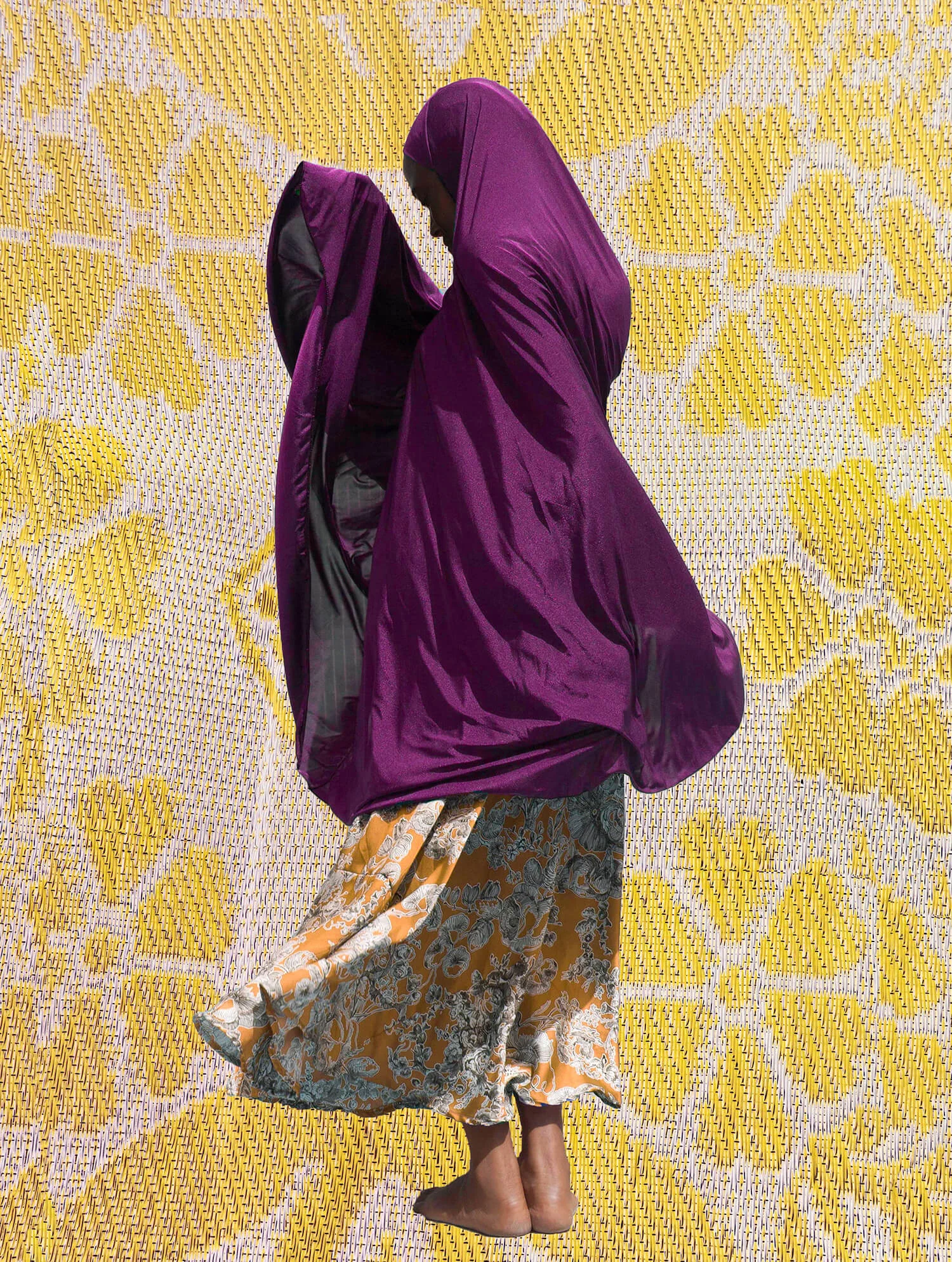
I intended to represent the hijab as I’ve met it in Lagos. Bold, bright, colorful and ever-changing in its form.
Through her work Medina seeks to bypass the singular storylines common to both Nigeria and Africa at large, and positions her work as a challenge to Western preconceptions of race. As a white photographer, she’s aware of the issues of representation when taking on subjects like African women’s hair (like she did in her previous series Chroma) and Muslim women’s attire.
“As I come from a very different culture from the one I live in now, I know I must approach photographing a subject involving a different identity and faith with great responsibility, openness and consideration,” she says.
“I research before starting a series and in some instances I involve the subjects in the decision making when it comes to how they are represented, that way the process is collaborative and not only my gaze.” Ahead of making Enshroud Medina consulted with Muslim friends in Lagos about the hijab and researched its contemporary perspective in modern culture.
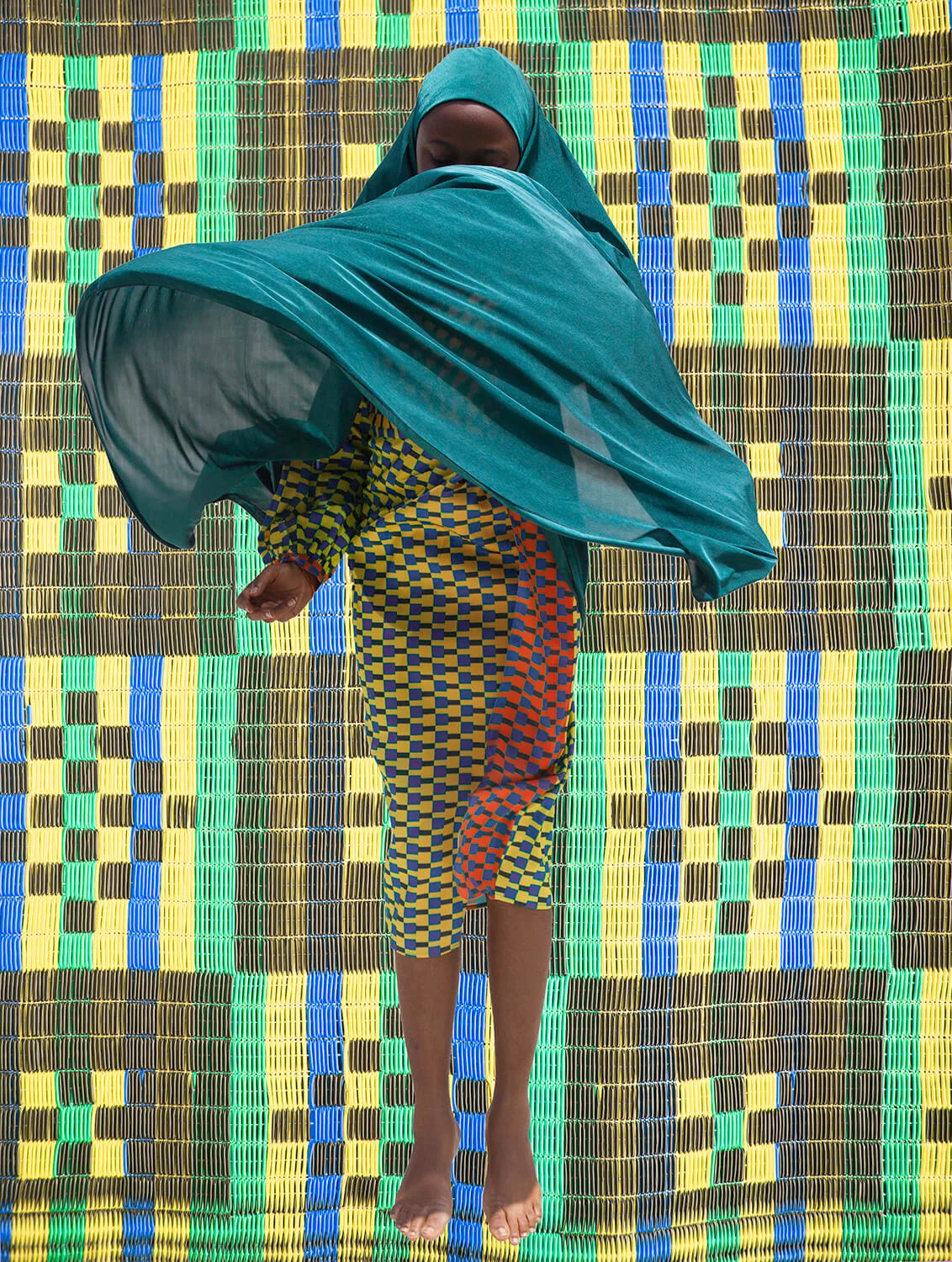
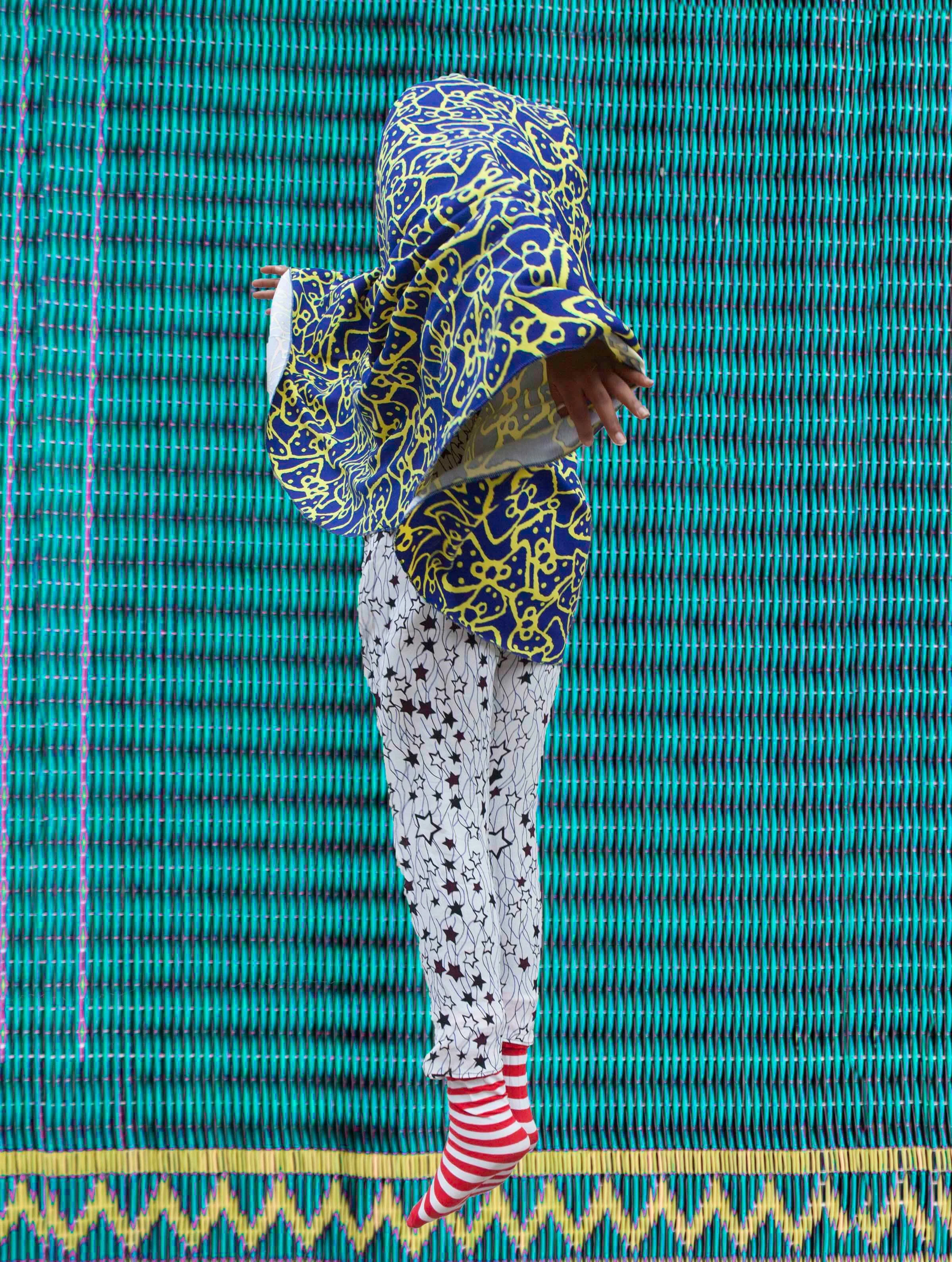
“The hijab is often reduced to a vilified symbol, rendering it a pawn in the nationalistic culture of fear,” she says. “Women in hijab risk stereotyping, social exclusion, judgement and abuse.”
In mainstream Western culture though, the hijab has also become an important symbol for inclusion and taking a stand against islamophobia. Last year, Nike released the Nike Pro Hijab for female Muslim athletes and Kenyan-American model Halima Aden has broken ground in the fashion industry as the first model to appear in hijab on the covers of magazines like British Vogue.
While it seems impossible to cross the sharp divide that exists between these two opposing narratives, one of inclusion, the other of oppression, Medina’s images offer up a refreshing alternative perspective. “I intended to represent the hijab as I’ve met it in Lagos,” she says, “bold, bright, colorful and ever-changing in its form.”

